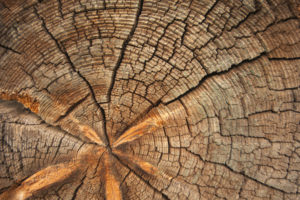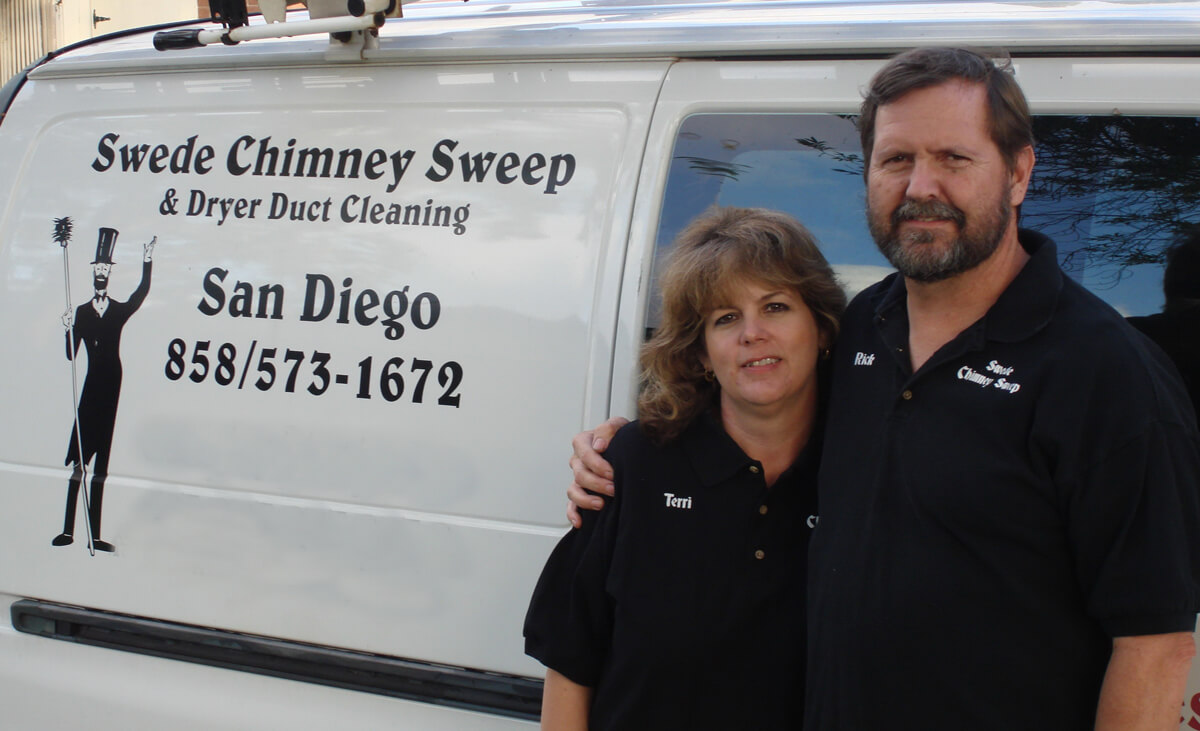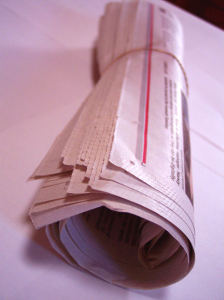 Here are some interesting facts that will help you season your firewood for your fireplace or stove. Seasoning your wood is critical not only for safer fires, but to reduce creosote buildup in your fireplace or stove flue pipe and to reduce pollutants into the atmosphere. This is the second post in a series of three that will explain how to purchase, season and store your firewood.
Here are some interesting facts that will help you season your firewood for your fireplace or stove. Seasoning your wood is critical not only for safer fires, but to reduce creosote buildup in your fireplace or stove flue pipe and to reduce pollutants into the atmosphere. This is the second post in a series of three that will explain how to purchase, season and store your firewood.
1) Only burn seasoned firewood. Wood should be aged at least six to twelve months and sometimes longer, depending on the density of the wood, species of wood, and climate. Soft woods only need six months whereas hard woods can sometimes take up to two years.
2) The moisture content of wood should be between 15%-20%, never to exceed 25%. Homeowners can purchase moisture meters from most hardware stores or Amazon for under $30.
3) Freshly-cut wood has a moisture content of about 50%.
4) Seasoned wood will create a clear hollow sound when knocking two pieces of wood together. Non-seasoned wood will create more of a dull thud sound.
5) Moisture in the wood is held in by the bark. Removing the bark before seasoning the wood will reduce the time to age it.
6) Aged wood will be lighter in weight than regular wood because there’s less moisture.
7) Seasoned firewood will change colors. Instead of a lighter color in new wood, the seasoned firewood will appear gray or dark brown.
8) You will notice the center of the wood will crack as it ages.
9) When burning wood that hasn’t been aged long enough, not as much heat will be produced because of the loss of heat due to evaporation of moisture.
10) Don’t trust a wood supplier to be honest with how long the firewood has been aged. Firewood that hasn’t been split and/or has been just thrown into a large woodpile will not be seasoned properly.
11) Experienced wood burners will purchase firewood at least six months ahead of the season to guarantee that the wood has been aged long enough. It’s always best to buy your wood in the off-season when it will be cheaper and firewood is more plentiful.
12) Burning firewood that isn’t aged long enough will be harder to start, will create a smokier fire, will produce less heat and will create a faster build-up of creosote in the chimney flue.
13) Anytime you burn wood, creosote is created. We chimney sweeps divide creosote buildup into three categories–Stage 1, Stage 2 and Stage 3. Stage 1 and Stage 2 creosotes are easily removable with a normal chimney sweeping whereas Stage 3 is far more difficult to remove. Stage 3 creosote is also known as “Glazed Creosote” because of its shiny appearance and it is highly flammable and more likely to cause a chimney fire. Glazed creosote is much more expensive to get rid of from your chimney flue lining due to the difficulty of removal. The chances of creating Stage 3 creosote is much higher when burning unseasoned wood.
14) Seasoned wood produces less smoke and increases efficiency; therefore less pollutants into the atmosphere.
Have your chimney inspected on an annual basis and sweep if needed before using your fireplace. The best way to find a qualified chimney sweep is to go through the Chimney Safety Institute of America.

 True story: When I was growing up, we lived next door to some wonderful neighbors. John (not his real name) was a California Highway Patrolman and we highly respected him. His wife became best friends with my mother. My brothers and I became friends with their four sons. One winter, John was trying to get a fire started with green wood. Because the wood had a high moisture content, he couldn’t get the fire started. John went and got a gas can and poured some gas on the wood, not knowing that there was smoldering wood below the grate from the previous night’s fire. The fire instantly exploded. John jumped back and spilled the gas can on top of himself which instantly lit him on fire. John was burned over 75% of his body and almost died. He was in the hospital for months recovering and he suffered a great deal of pain from those burns for the remaining 45 years of his life. This event had a major impact on me and every time I see or hear about someone pouring gas on a fire to get it started, I instantly think of John. If this doesn’t inspire you to be careful and
True story: When I was growing up, we lived next door to some wonderful neighbors. John (not his real name) was a California Highway Patrolman and we highly respected him. His wife became best friends with my mother. My brothers and I became friends with their four sons. One winter, John was trying to get a fire started with green wood. Because the wood had a high moisture content, he couldn’t get the fire started. John went and got a gas can and poured some gas on the wood, not knowing that there was smoldering wood below the grate from the previous night’s fire. The fire instantly exploded. John jumped back and spilled the gas can on top of himself which instantly lit him on fire. John was burned over 75% of his body and almost died. He was in the hospital for months recovering and he suffered a great deal of pain from those burns for the remaining 45 years of his life. This event had a major impact on me and every time I see or hear about someone pouring gas on a fire to get it started, I instantly think of John. If this doesn’t inspire you to be careful and  Junk mail, newspapers, magazines, and trash (such as cardboard, pizza boxes and Styrofoam) may contain plastic, chemicals, glues as well as ink that can be toxic when burned.
Junk mail, newspapers, magazines, and trash (such as cardboard, pizza boxes and Styrofoam) may contain plastic, chemicals, glues as well as ink that can be toxic when burned.